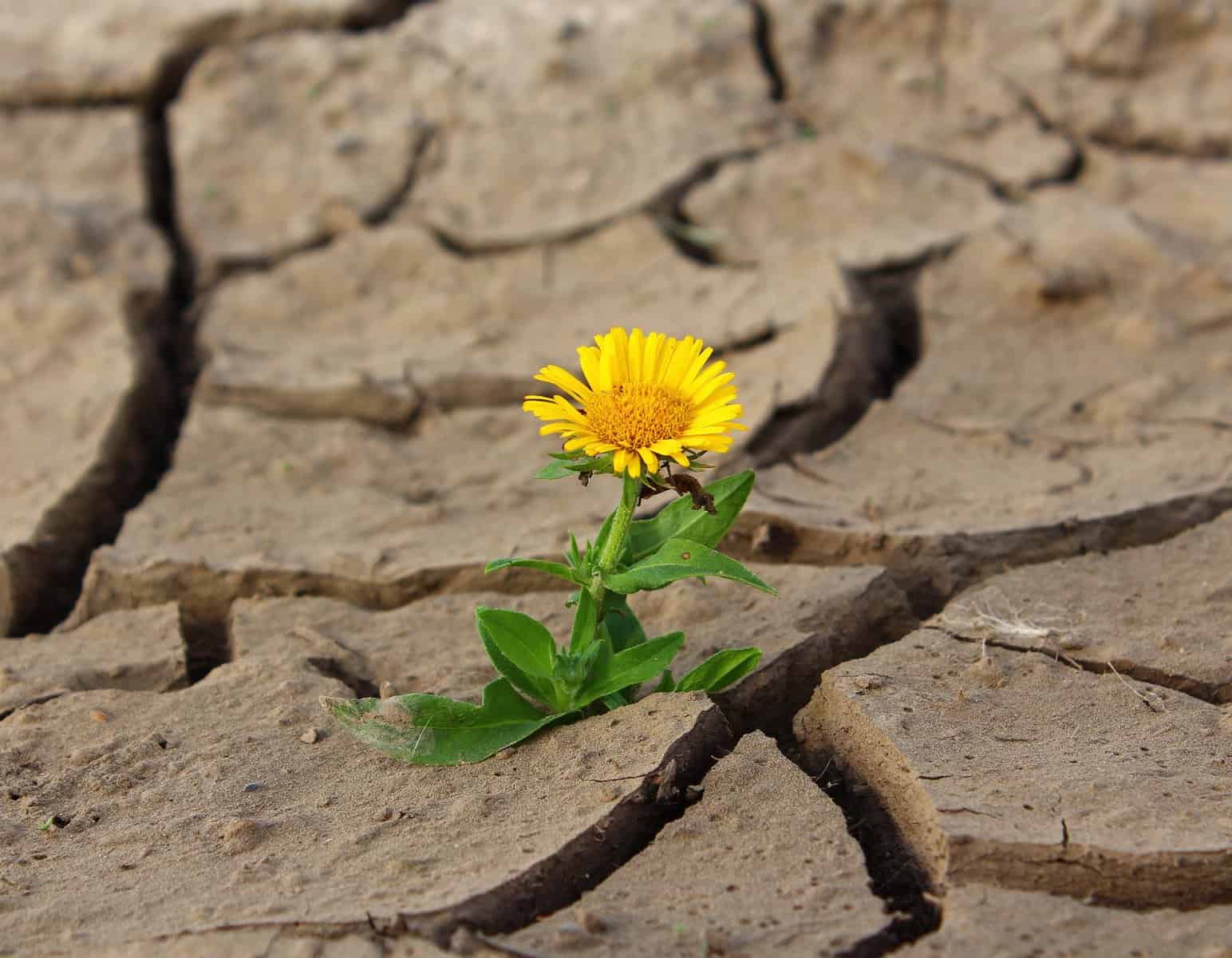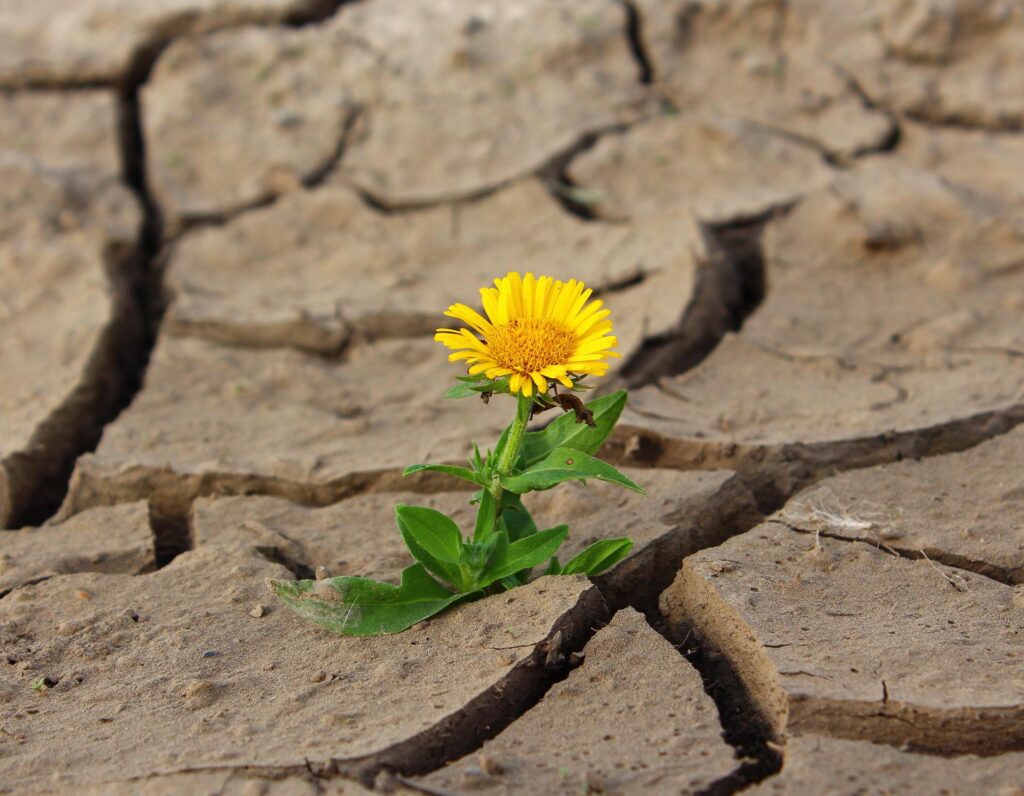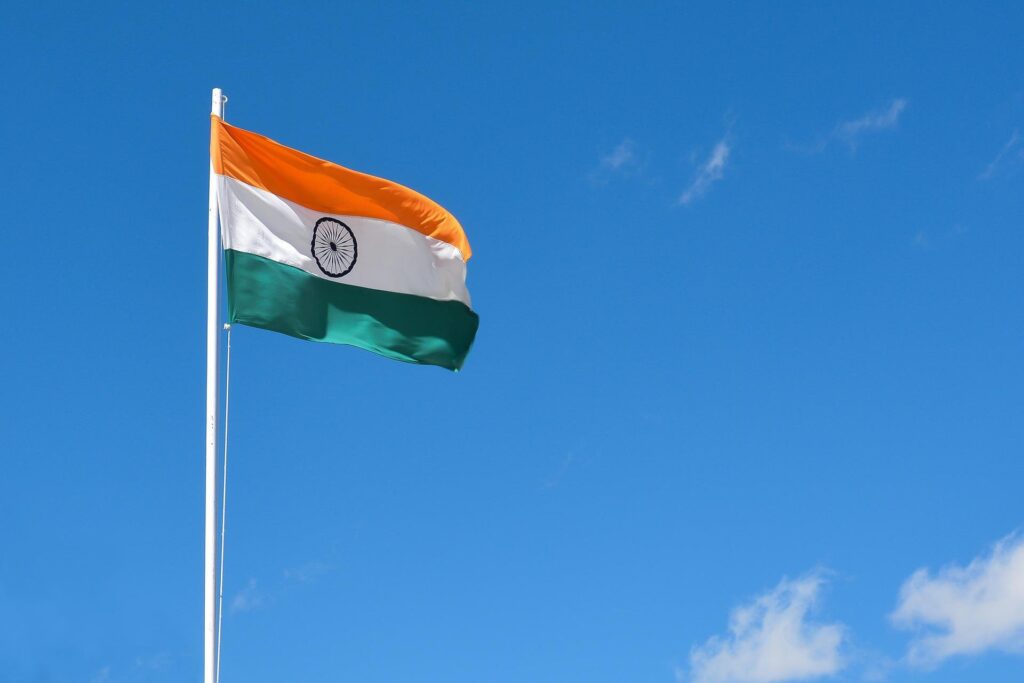In order to ameliorate the ongoing drought in the country, Kenya’s president, Willian Ruto, called for the nation’s first-ever national day of prayer. The president made the announcement during a service at Kenya’s city of Nakuru, which is severely impacted by drought. The national day of prayer is a result of a joint appeal made by the spiritual leaders in the country to dedicate a full day to praying to eradicate the conditions of drought. East African nations including Kenya have been facing severe drought conditions which in turn are impacting crops, livestock, biodiversity and wildlife and are causing malnutrition. Moreover, the drought is causing a profound effect on domestic agriculture which is an integral aspect of Kenya’s economy.
CBN News reports:
In response to the ongoing drought in his country, the president of Kenya called for a national day of prayer Tuesday.
William Ruto announced the plans for the country’s first-ever day of prayer on Sunday at a service in the drought-stricken city of Nakuru, some 100 miles (160 kilometers) from the capital Nairobi. It follows a joint call by the country’s spiritual leaders to dedicate an entire day to prayer to ease drought conditions in the nation.
Ruto’s own ambitious economic revival strategy for the country is also dependent on a successful rainy season.
“As a government, we have set out elaborate plans for food security, we have seeds, ample fertilizer, and water harvesting strategies including dams. We now need God to send us the rain,” Ruto said. “I urge all people from all faiths … to pray for our country.”
Kenya and other east African nations have been experiencing some of the worst drought conditions in decades, causing crop failure, loss of livestock, wildlife and biodiversity, and malnutrition. Domestic agriculture is a large part of Kenya’s economy.
The U.N. humanitarian agency has termed the ongoing drought in the region a “rapidly unfolding humanitarian catastrophe.”
The Intergovernmental Authority on Development’s climate center said that since 2020, five rainy seasons have failed, affecting over 50 million people. The center will release its projections for the long rains season, typically from March to May, later in February. Early projections from other meteorological groups are not optimistic.
Read the full article here.







